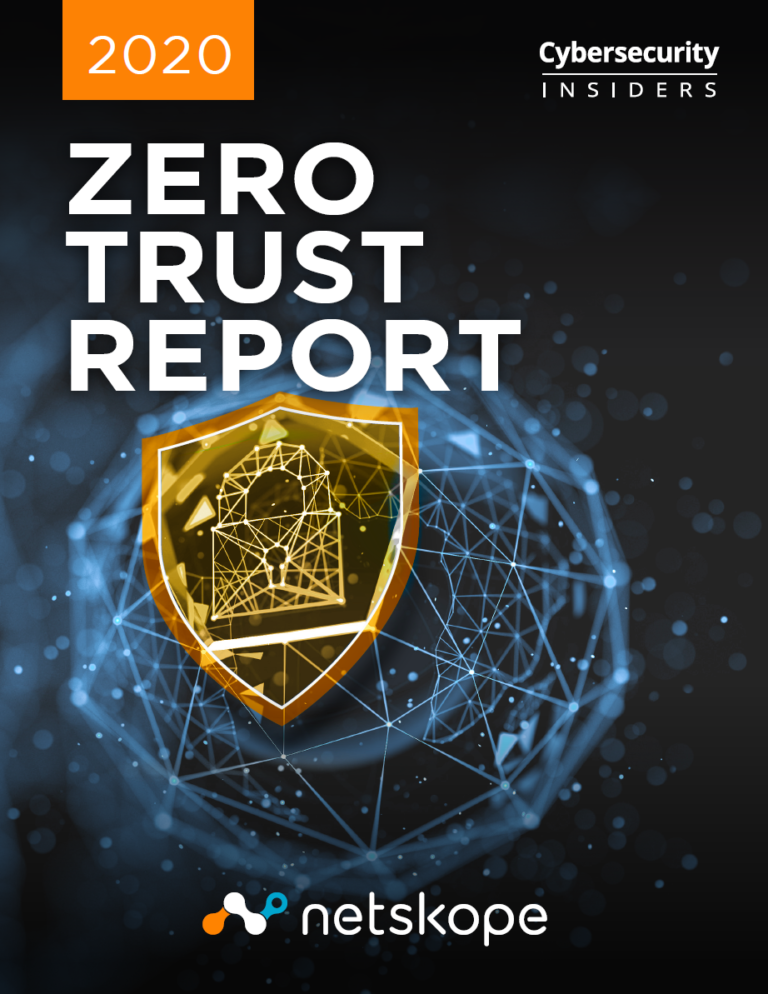Download the 2020 Zero Trust Report by completing the form on the right.
Enterprise adoption of the Zero Trust security model is gaining momentum as 72% of organizations plan to assess or implement Zero Trust capabilities in 2020 to mitigate growing cyber risk.
With its principle of user and device verification before granting conditional access based on least privilege, Zero Trust holds the promise of significantly enhanced usability, data protection, and governance.
The 2020 Zero Trust Report reveals how enterprises are implementing Zero Trust security in their organizations, including key drivers, adoption trends, technologies, investments, and benefits.
To provide this information, we surveyed cybersecurity professionals ranging from technical executives to IT security practitioners, representing a balanced cross-section of organizations of varying sizes across multiple industries.
For almost half (45%) of respondents to the survey, ensuring remote access to private applications hosted in public cloud was a security priority. Zero Trust Network Access (ZTNA) was an area of focus for this report, the key findings supporting the view that ZTNA is a way to simplify, scale and secure remote access for a cloud-first organization.
Key findings include:
- Securely accessing applications deployed in public cloud environments is the single biggest headache for organizations today (65%).
- Traditional remote access solutions are failing the requirements of today’s cloud environments. The most mentioned workaround is “hairpinning” remote users through data centers to access public app clouds (47%). An alarming 31% have to publicly expose cloud apps to enable remote workers, thereby introducing significant risk.
- Over 75% of respondents see value in consolidating ZTNA security services with other cloud-based security services such as CASB and SWG.
Many thanks to Netskope for supporting this important research project. We hope you’ll find this report informative and helpful as you continue your efforts in protecting your IT
environments.
















